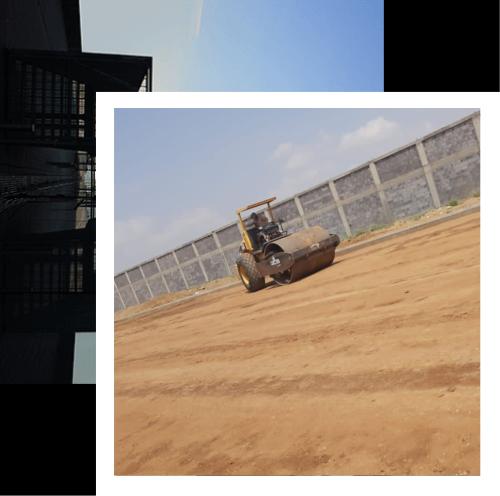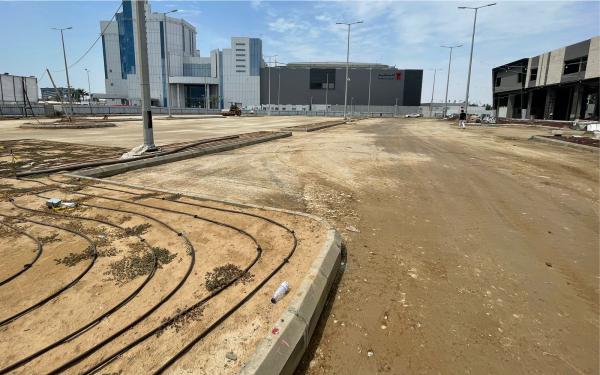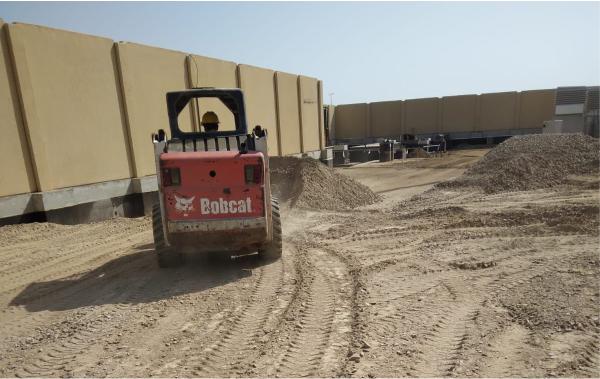Our Services
Subbase and
Base Course Works
- Home
- Our Services
- Subbase and base course works

Essential components of road construction and pavement infrastructure
Subbase and base course works are essential components of road construction and Pavement infrastructure. These services are crucial for ensuring the durability, stability, and longevity of roads, highways, and other paved surfaces. Here, we will provide an overview of subbase and base course works, their significance, and the key aspects of these services.
Subbase
Works
Subbase works are the first layer of a road or pavement structure. They play a critical role in distributing the load from the surface layer to the underlying soil or subgrade. Key aspects of subbase works include:

Material Selection
The choice of subbase material depends on the specific project requirements, but it often includes aggregates such as crushed stone, gravel, or recycled materials. The material should have good load-bearing capacity and drainage characteristics.
Compaction
Proper compaction of the subbase material is essential to achieve the desired density and strength. This ensures that it can withstand heavy loads without significant settlement.
Drainage
Subbase layers must provide effective drainage to prevent water from infiltrating the subgrade and causing damage. Adequate drainage helps in maintaining the stability of the road.
Thickness
The thickness of the subbase layer can vary based on the project’s design and local conditions, but it typically ranges from a few inches to several feet.
Base Course
Works
The base course sits above the subbase and below the surface layer (usually asphalt or concrete) and serves as an additional load-distributing layer. Key aspects of base course works include:

Material Selection
Base course materials are usually stronger and more durable than subbase materials. Common choices include dense-graded aggregates, crushed stone, and stabilized materials like cement-treated bases or asphalt-treated bases.
Thickness
The base course layer is typically thicker than the subbase, with its thickness depending on the specific project’s requirements and traffic loads.
Compaction
Similar to the subbase, proper compaction of the base course is crucial to achieve the desired density and strength. Well-compacted base courses provide a stable foundation for the surface layer.
Functionality
Base courses play a key role in providing a smooth and stable riding surface for vehicles, helping to distribute loads and prevent deformation of the surface layer. They also contribute to the overall structural integrity of the pavement.
Drainage
Like the subbase, base courses should also facilitate proper drainage to prevent water infiltration and related issues.
In summary, subbase and base course works are fundamental elements of road construction and pavement infrastructure.
They provide stability, load-bearing capacity, and durability to road surfaces, ensuring that they can withstand the stresses imposed by traffic and environmental factors.
Proper material selection, compaction, and drainage considerations are crucial in these construction phases to create a reliable and long-lasting road or pavement system.
we will provide an overview of subbase and base course works, their significance, and the key aspects of these services
